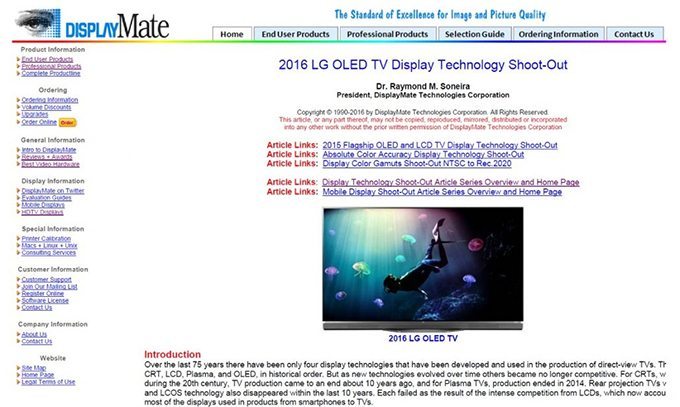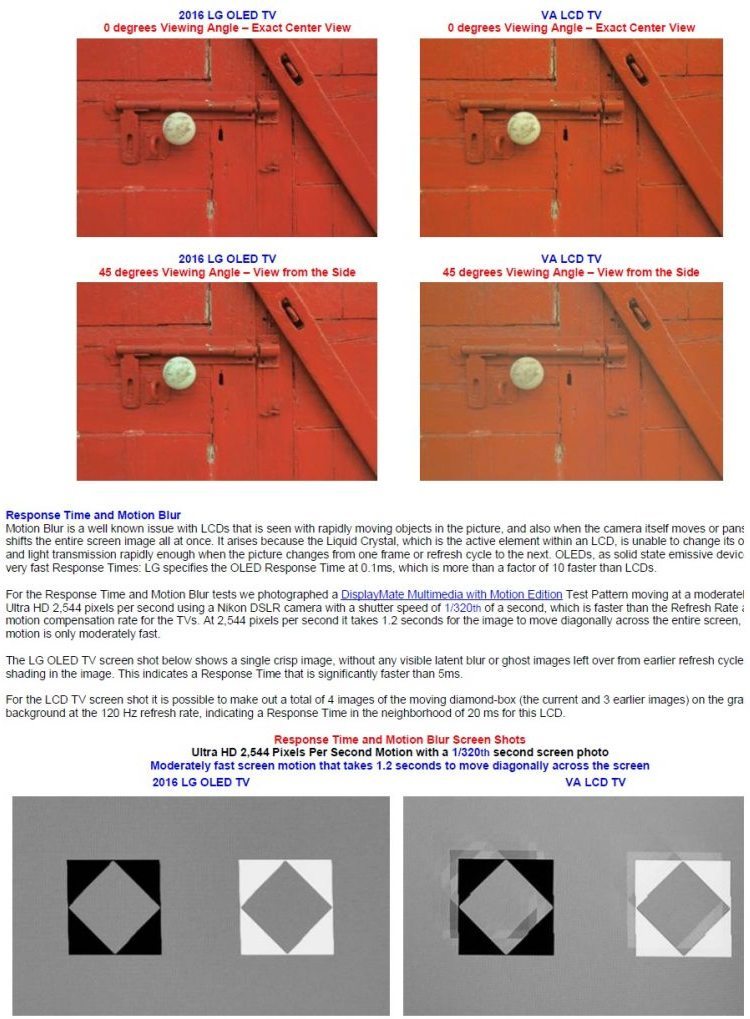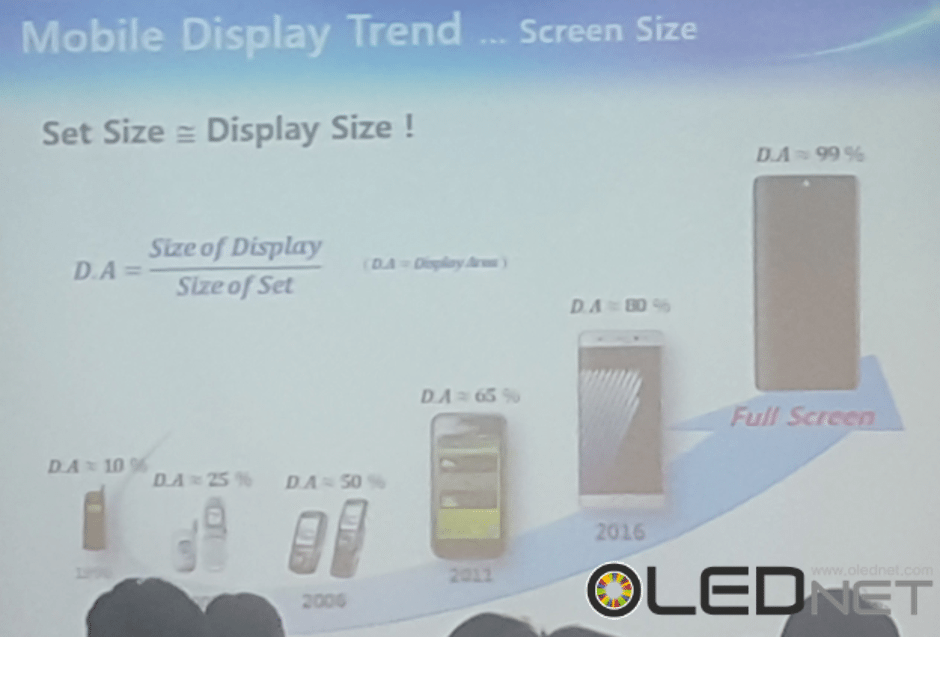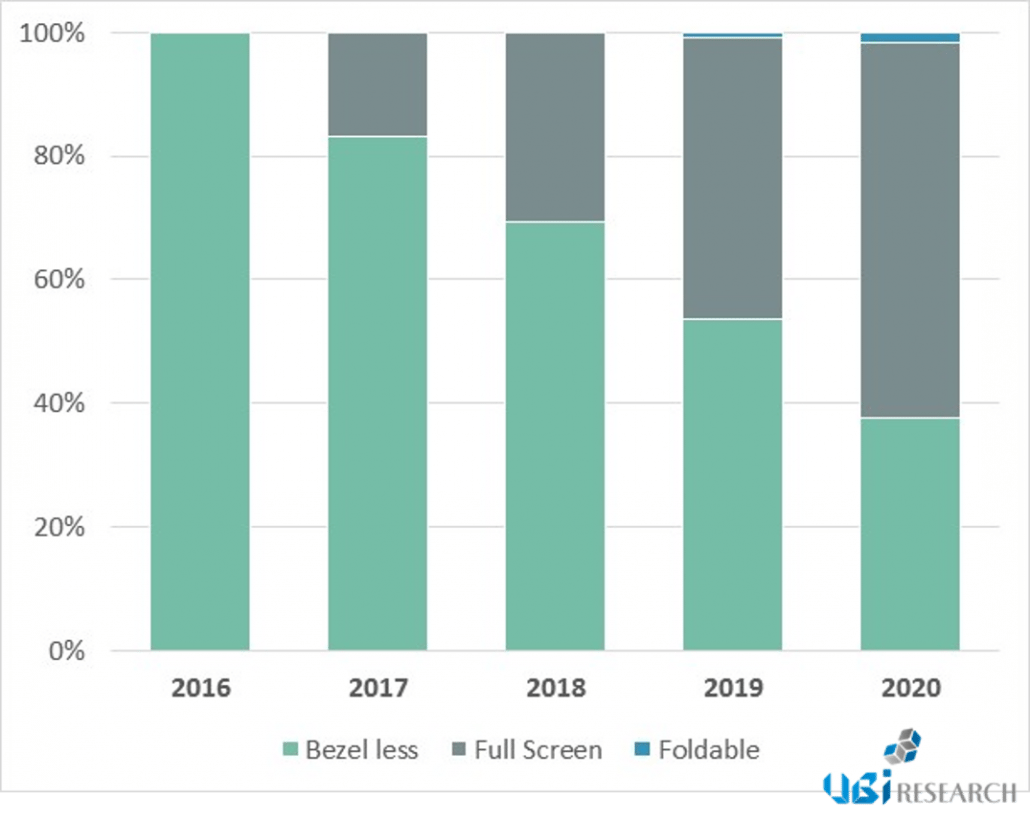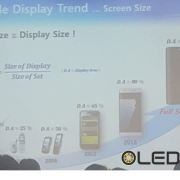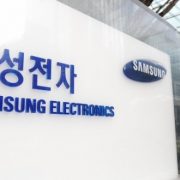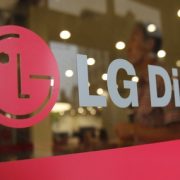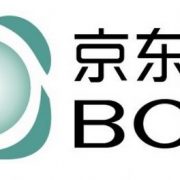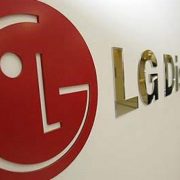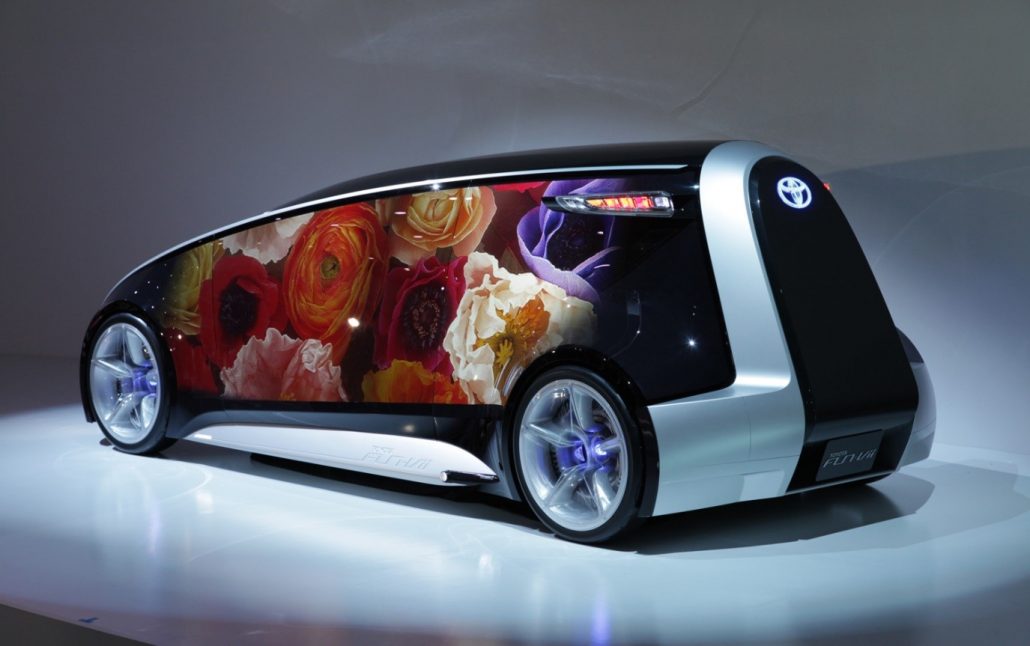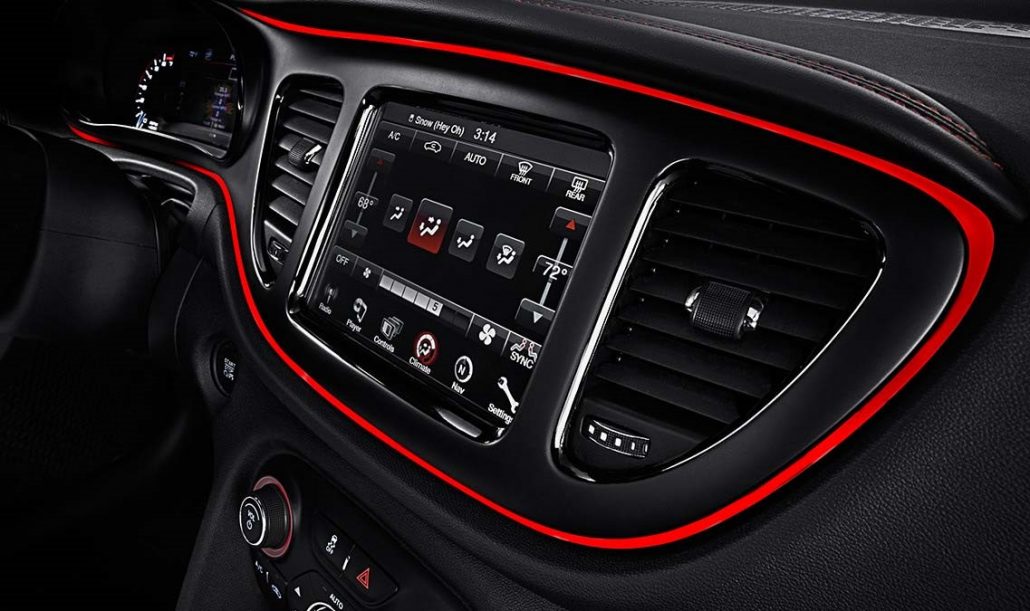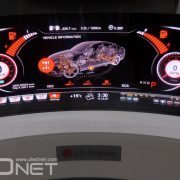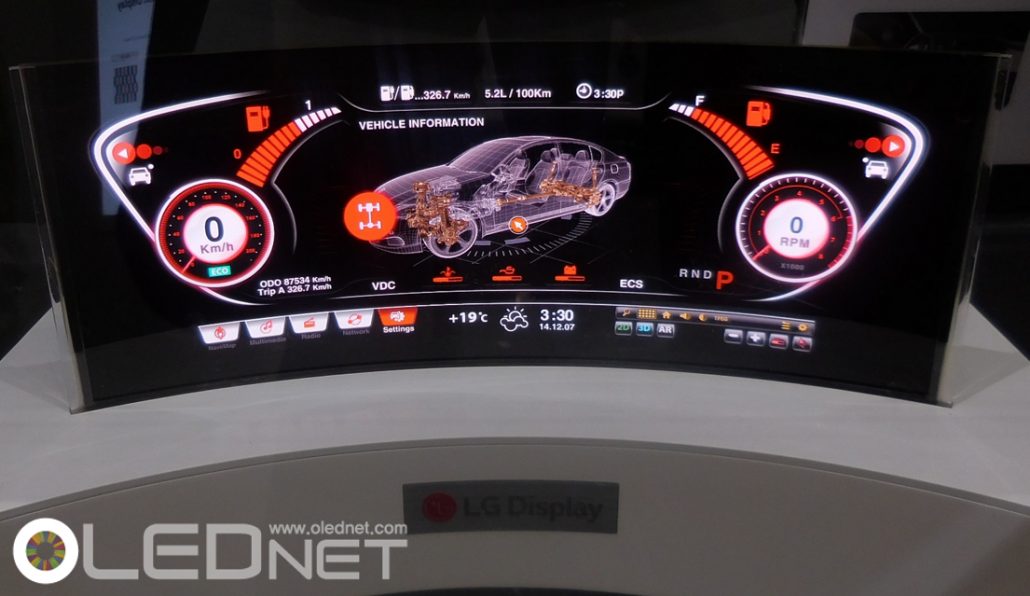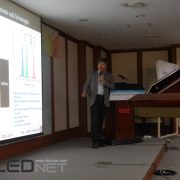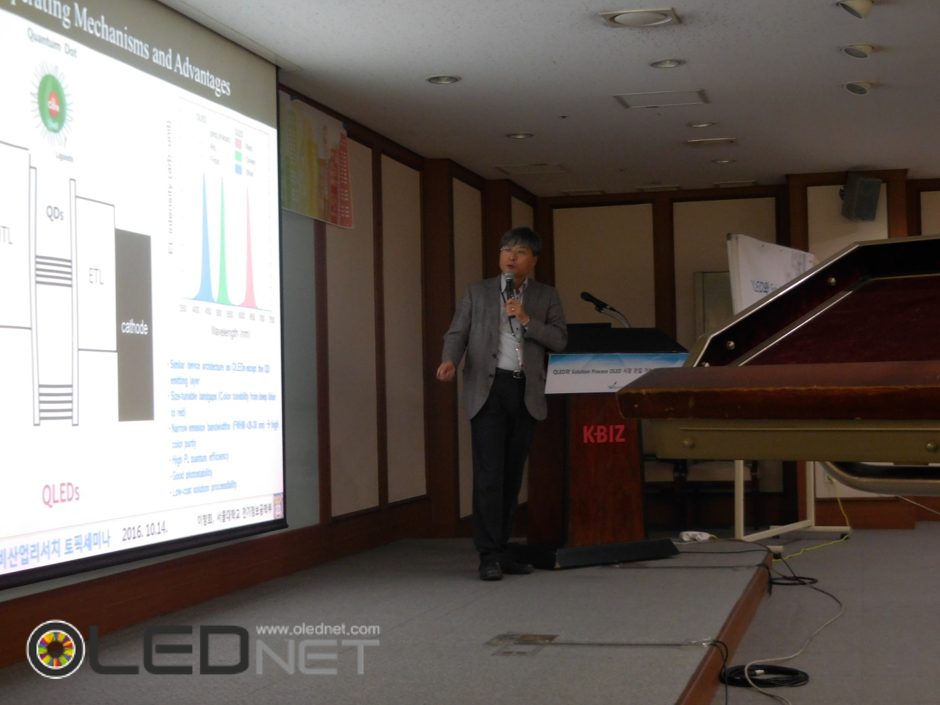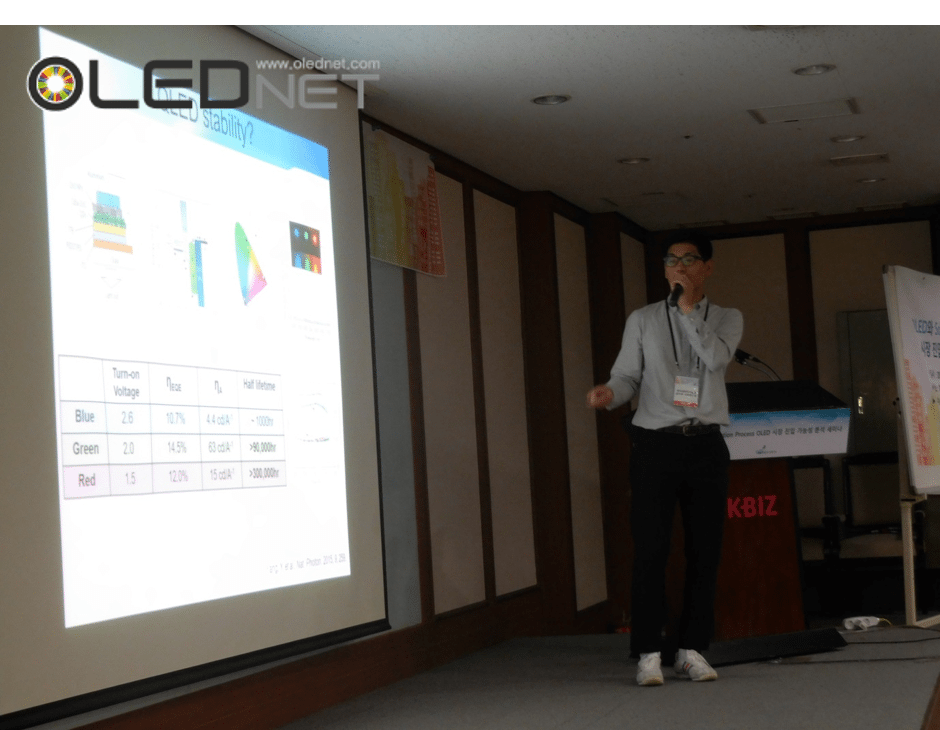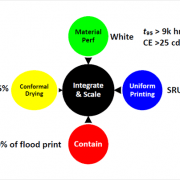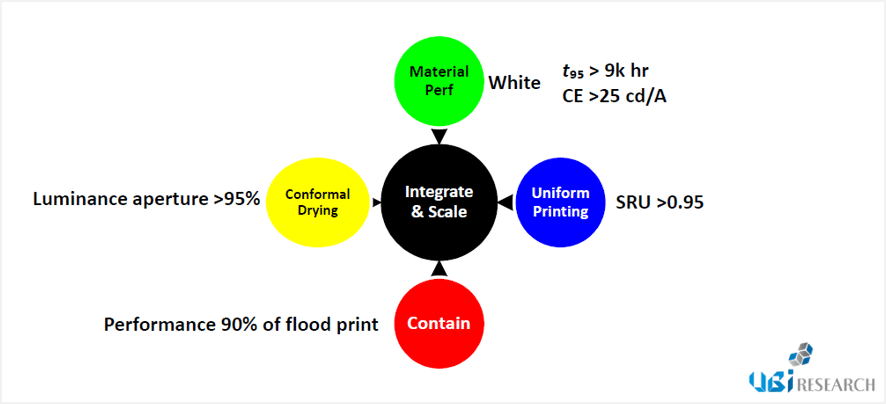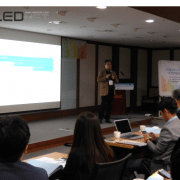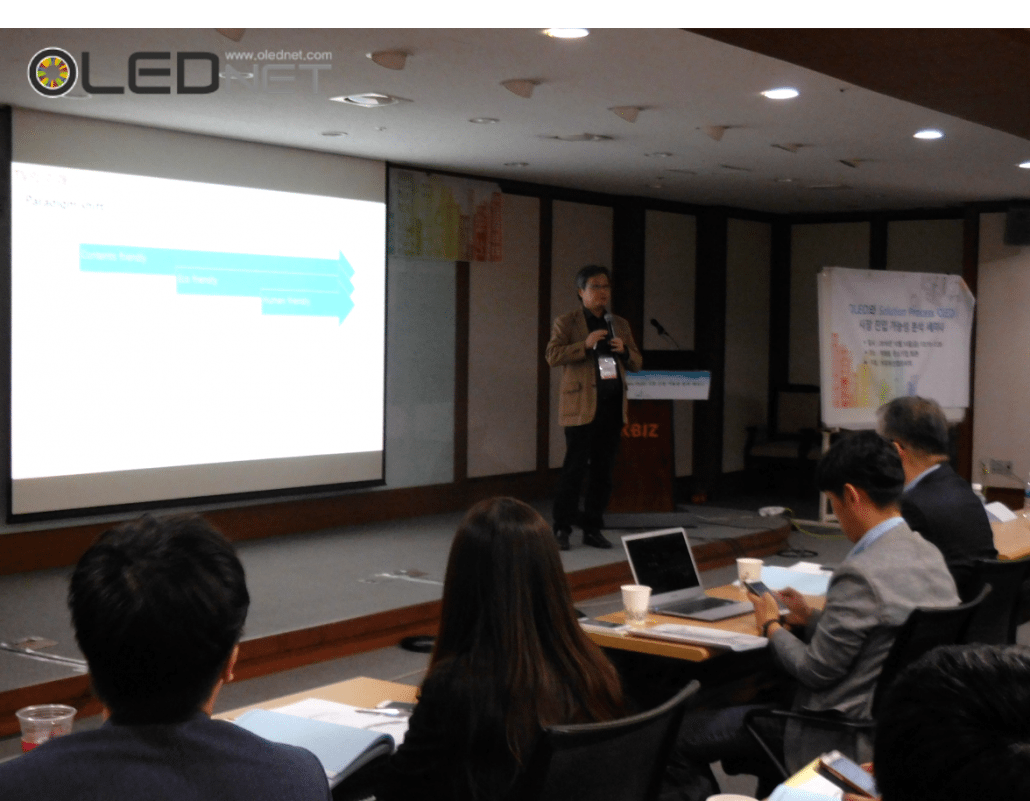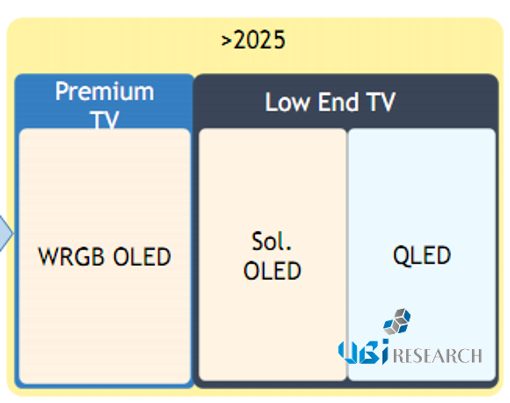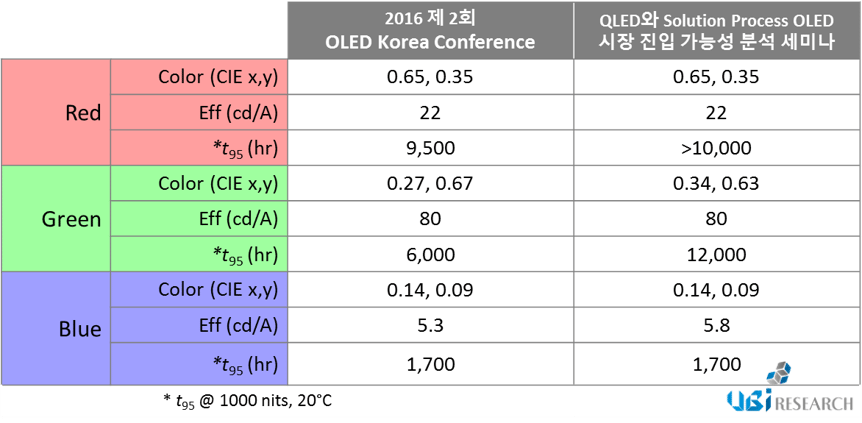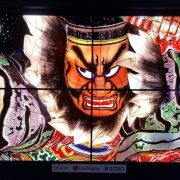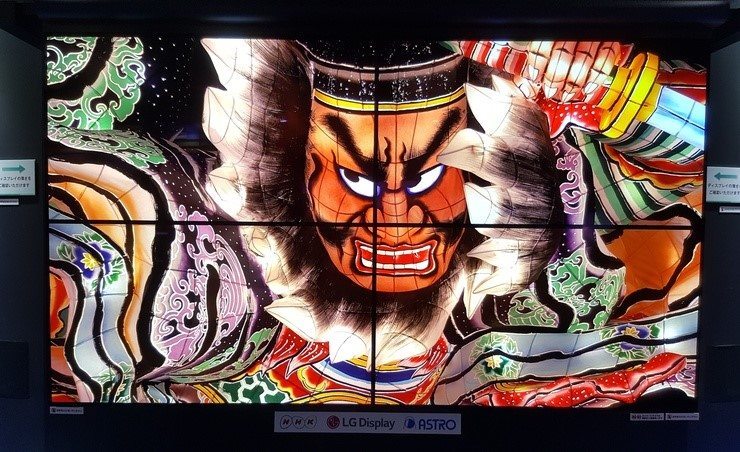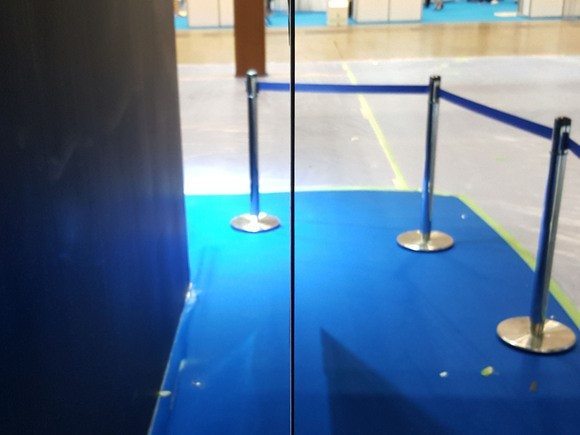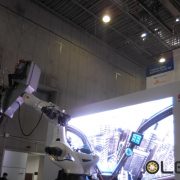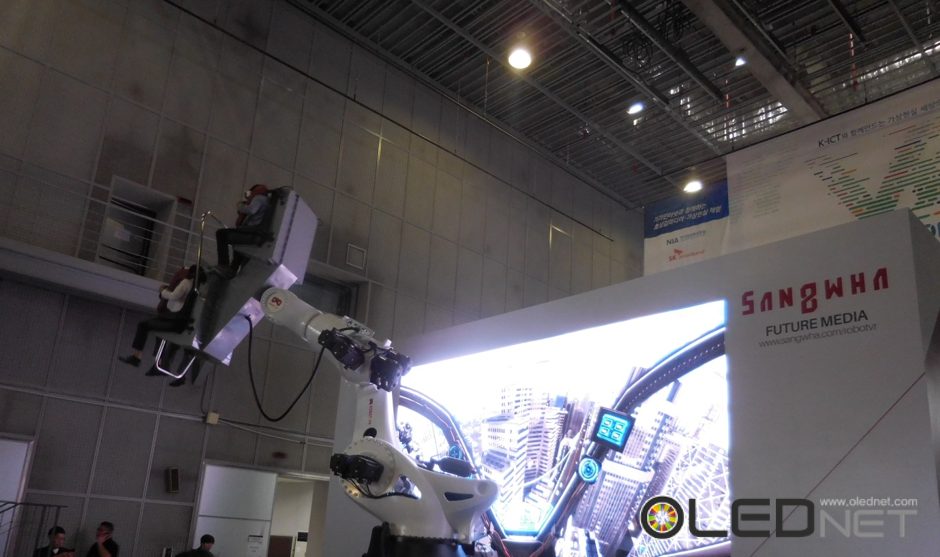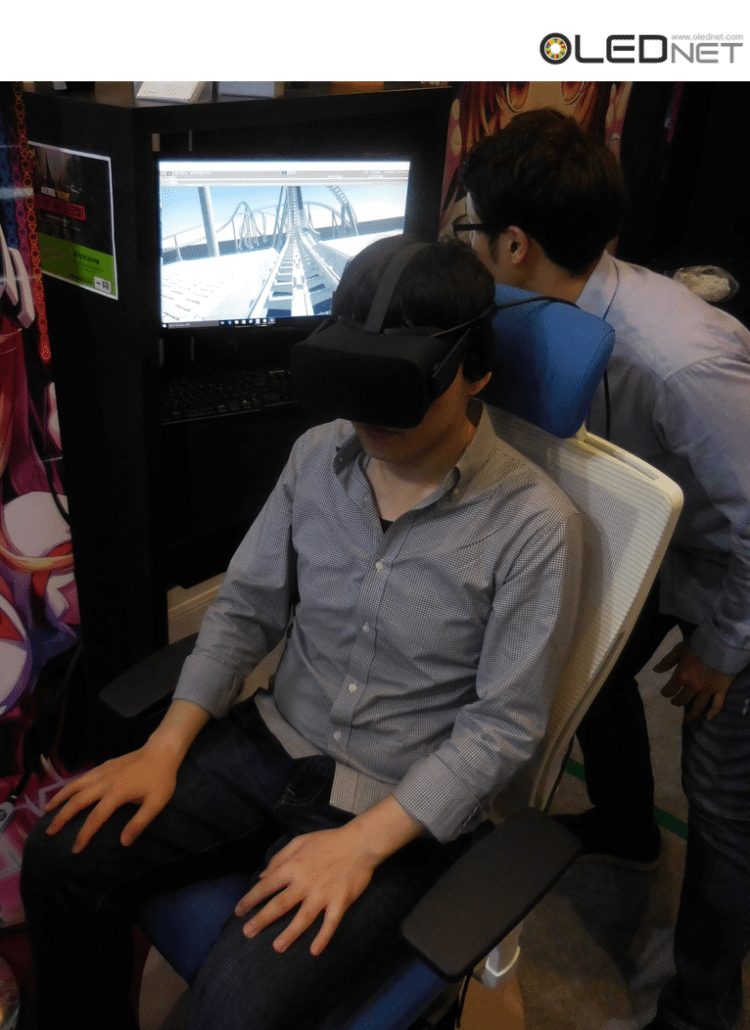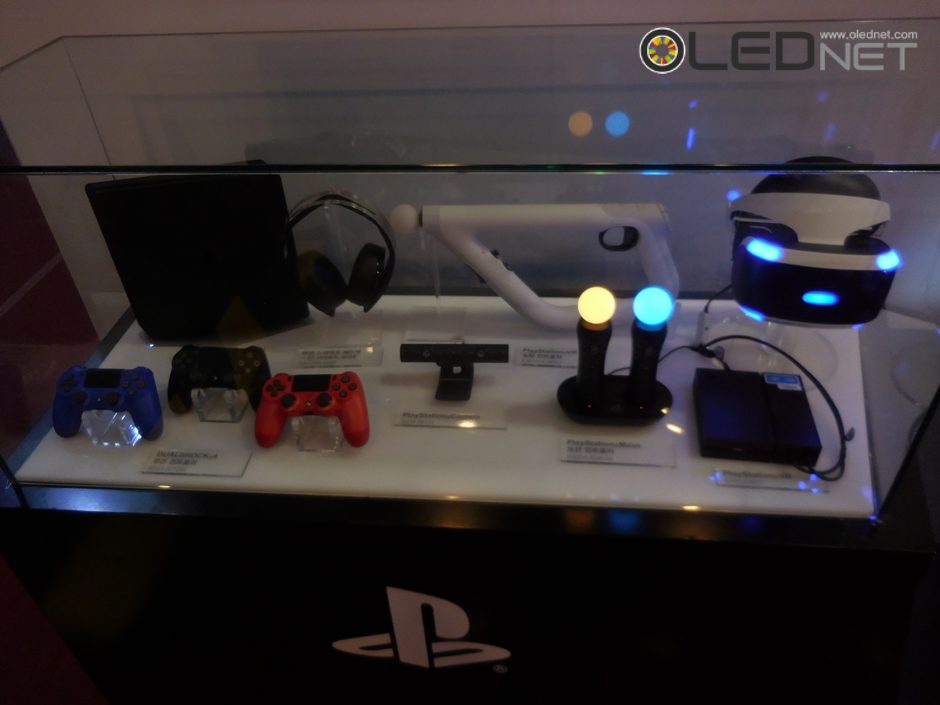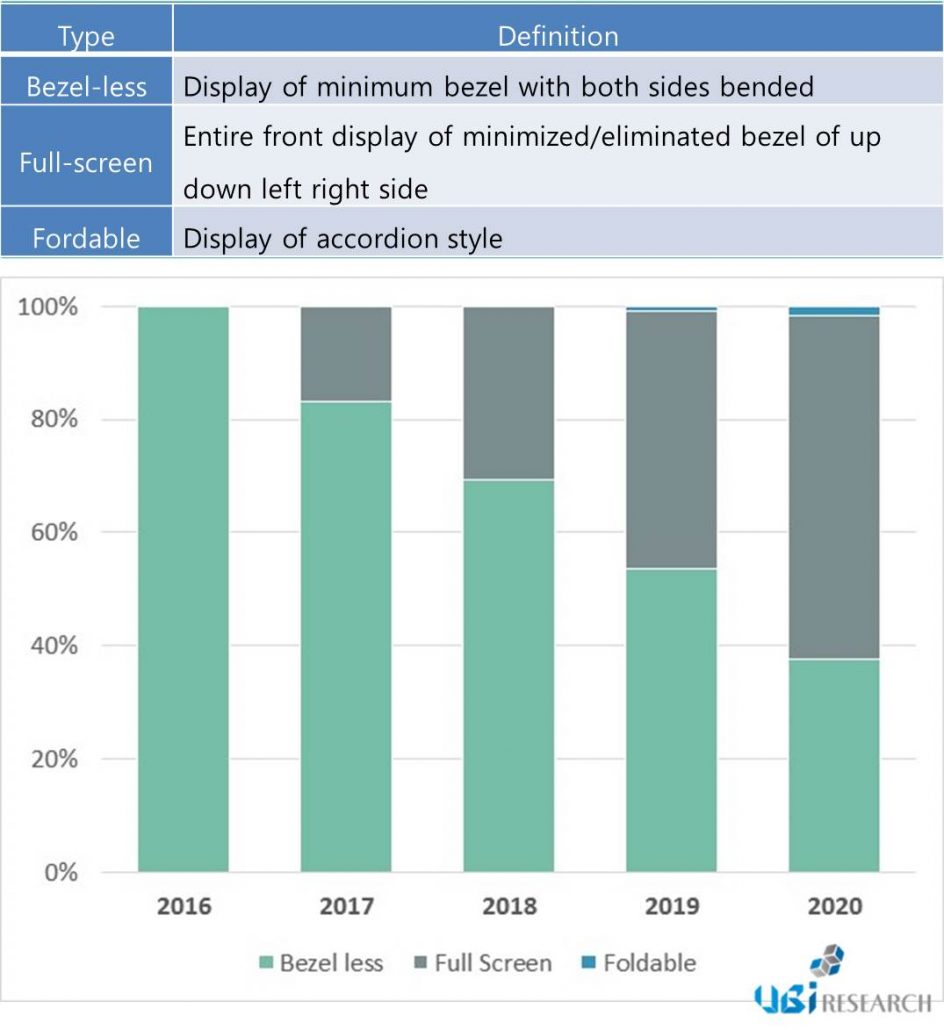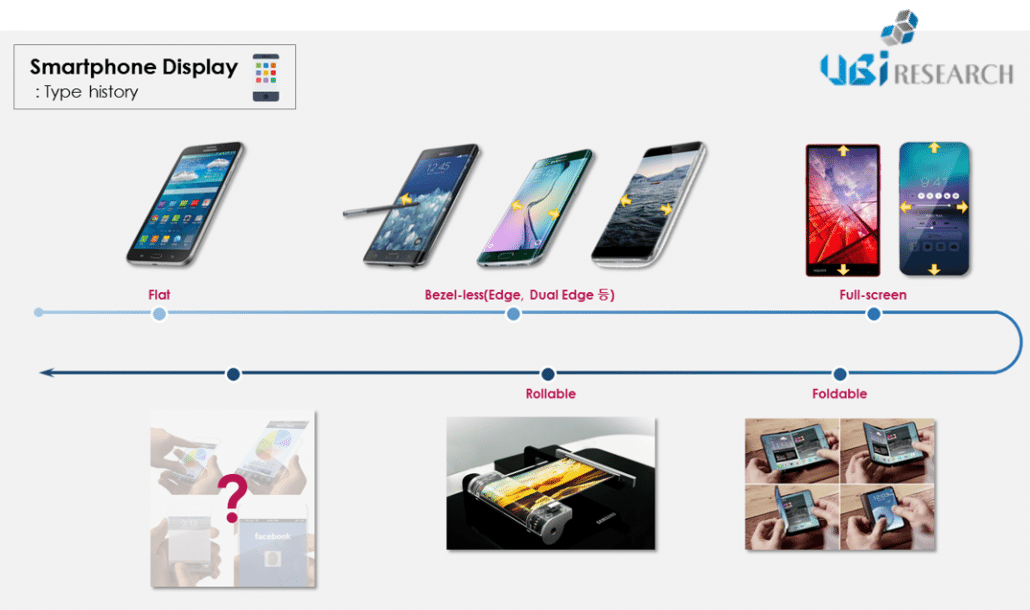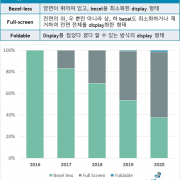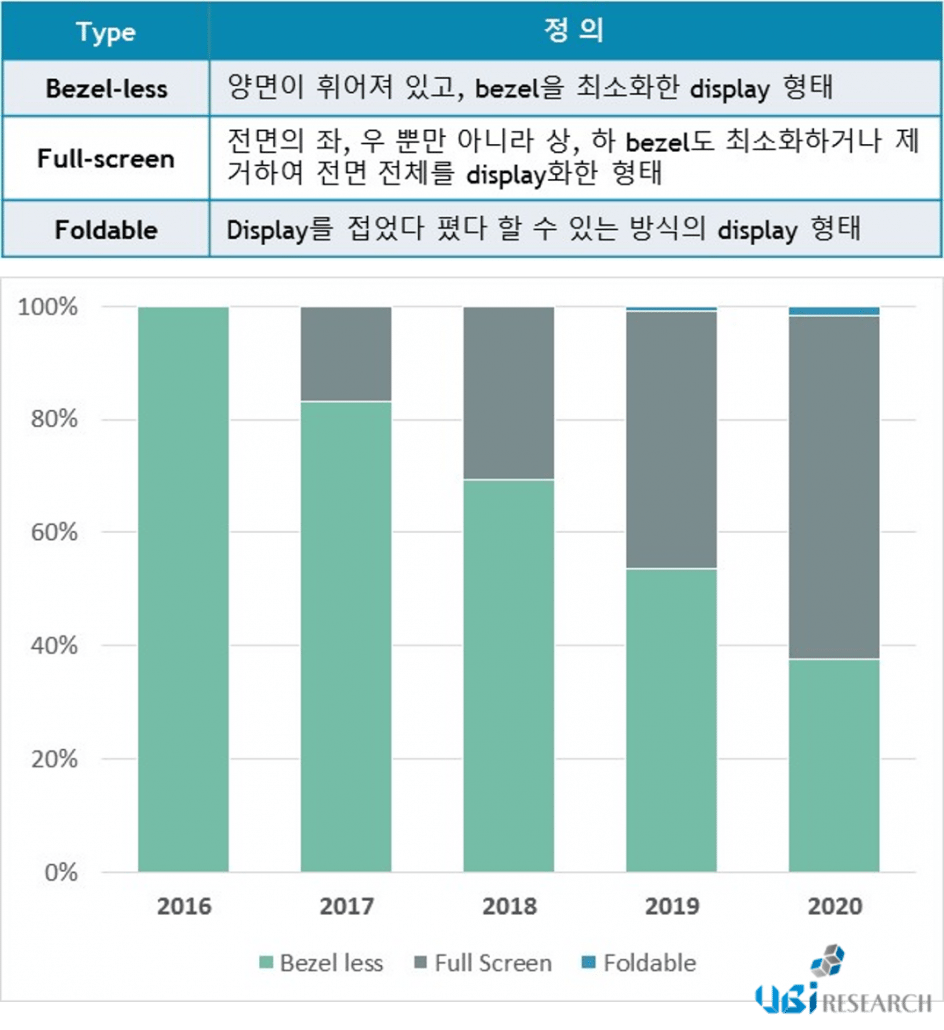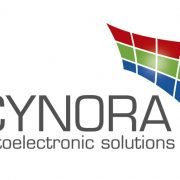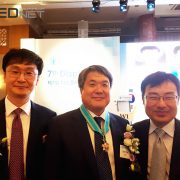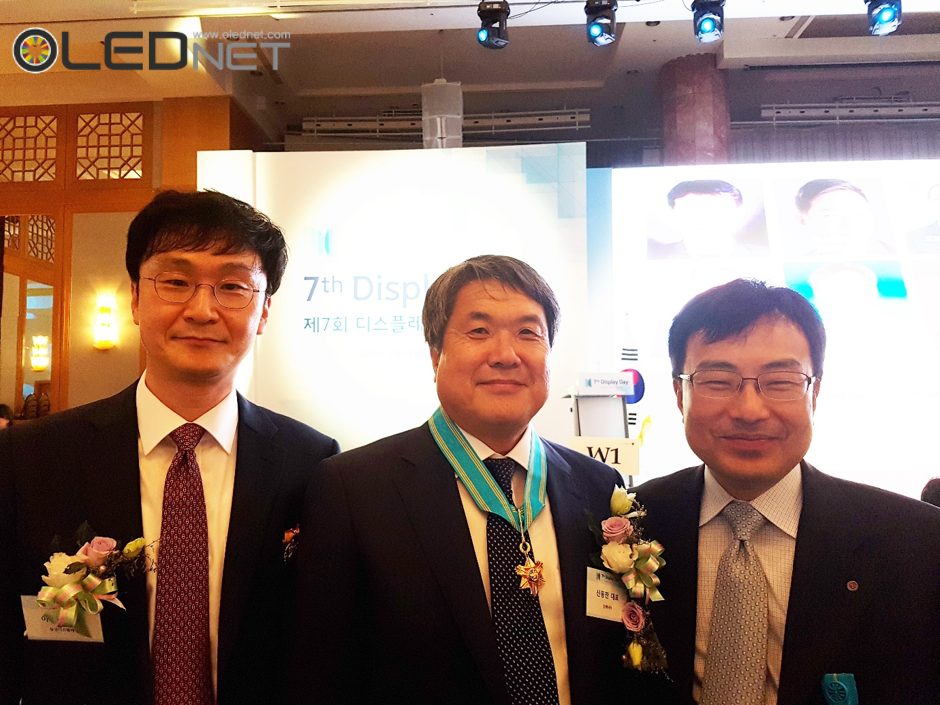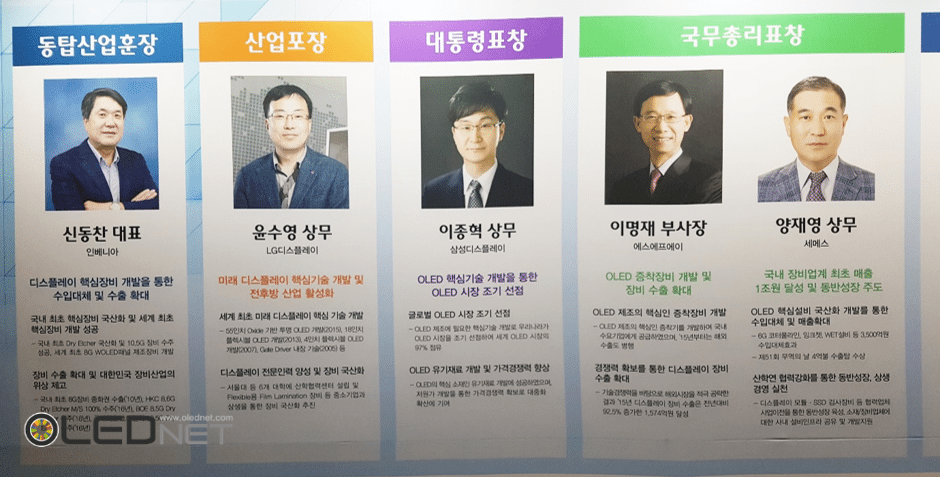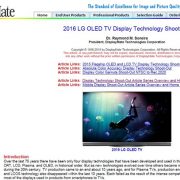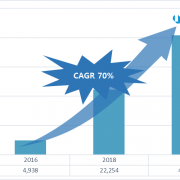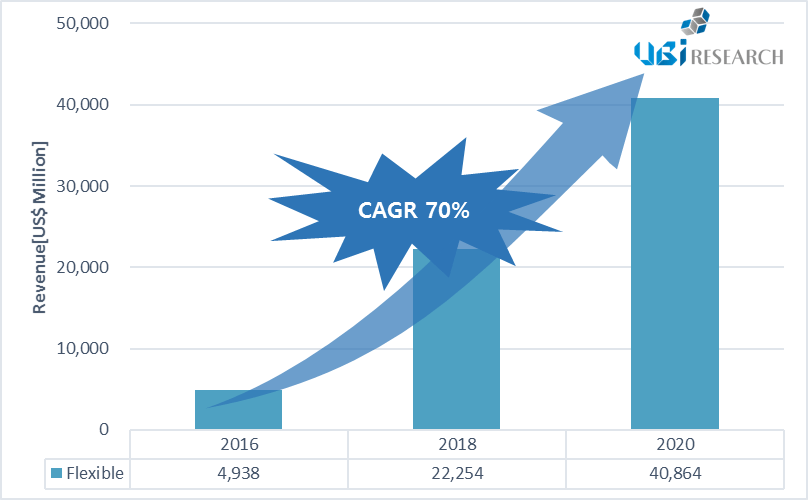OLED TV of LG Display Co., Ltd won praise of the highest quality from DisplayMate, US display expert group.
On 4th (US Eastern time bases), DisplayMate opened an evaluation result which compared picture quality of 65inch OLED TV having UHD with that of the latest LCD TVs through posting titled ‘2016 LG OLED TV Display Technology Shoot-Out.’ in its homepage.
The comparative evaluation of DisplayMate was made over whole picture quality parts such as ‘Black expression,’ ‘HDR realization,’ ‘Viewing angle,’ ‘Color/Brightness accuracy,’ ‘Response speed,’ and ‘Reflectivity’ by objecting 65inch OLED TV (Model name: 65E6) that has UHD resolution and is currently on the market and the latest LCD TVs.
In ‘Black expression’ evaluation first, DisplayMate analyzed that OLED TV expressed perfect black color without leak of light phenomena by controlling each pixel differently from LCD TVs.
Specially, in the item ‘High Dynamic Range realization,’ DisplayMate praised OLED TV highly in that it realized HDR of infinite levels by exceeding high ones, while the latest LCD TVs have limitations of not being able to satisfy black and white color simultaneously owing to the light emitted from close backlight in spite of applying its local dimming technology.
In the viewing angle evaluation, DisplayMate analyzed that contrast changes did not occur even when watching OLED TV from the side, but phenomena of lowered color reproduction rate, reduced color shift and contrast were made in case of LCD TVs.
From the accuracy aspect on color and brightness, OLED TV had little color equation shown from input data and output images when doing analyses with HDTV standard (BT.709) having been decided by International Telecommunication Union (ITU) and Digital Cinema Initiatives, so it was analyzed as having a clear relative predominance vs. the latest LCD TVs.
In case of response speed, ghost image appeared in the latest LCD TVs after have shot dynamic video (2,544 pixel shift per second) with 1/320 second, but OLED TV showed perfect images that had not blurs at all.
In addition, Displaymate analyzed that OLED TV realized vivid picture quality having not light reflection in home background where effects of lamination and sunlight were large because reflectivity on exterior lighting was only 1.1%. This was derived from excellent results of about 2 times compared to LCD TVs whose reflectivity was 2.2%.
From evaluated results by DisplayMate, a fact that OLED TV of LG Display have a different technology in dimensions by exceeding LCD is proved again such like ① OLED TV realizes perfect black color by spontaneous emission, ② Belongs to an optimistic TV in realizing HDR, ③ Expresses same color without its fading from any angle, ④ Boasts of perfect picture quality without distortion by expressing correct color, ⑤ Gives vivid screens without afterimages through quick response speed, ⑥ Has an aspect of being optimistic to home TV environment due to low reflectivity.
Doctor Raymond M. Soneira of DisplayMate said “In terms of picture quality, the 65inch OLED TV of UHD resolution having adopted OLED panel of LG Display is visually indistinguishable from prefect,” and paid OLED TV the highest compliment by adding “It is unquestionably the best performing TV that we have ever tested or watched.”
Meanwhile, DisplayMate is a display specialty media which operates US display expert group, and its influences are enormous to the degree that citation numbers of tech-related articles are a lot as ranking 61 following USA Today among media around the world, and Doctor Soneira who progressed this evaluation majored in Theoretical Physics in US Princeton University, and also is undertaking Representative of DisplayMate now as a display specialist who passed through AT&T Bell laboratory and CBS broadcasting station etc.
